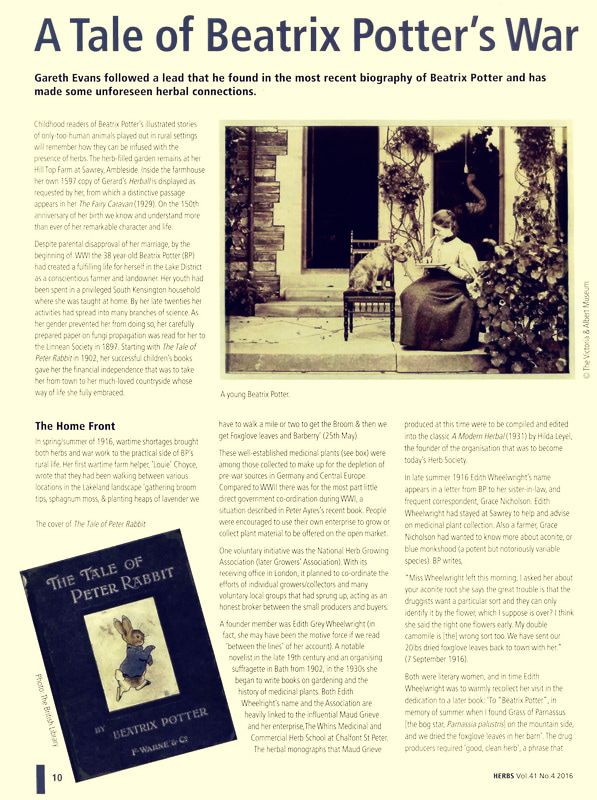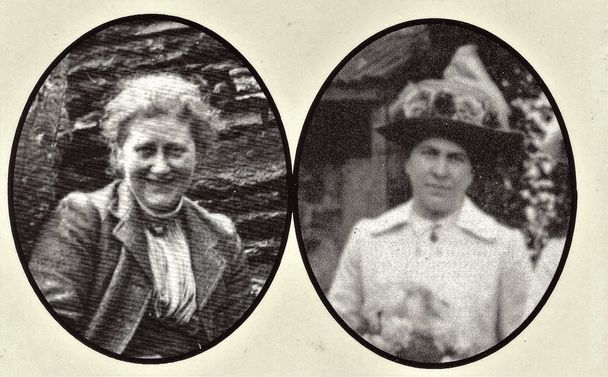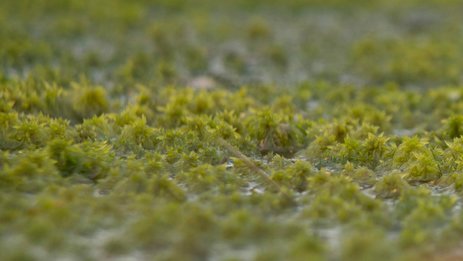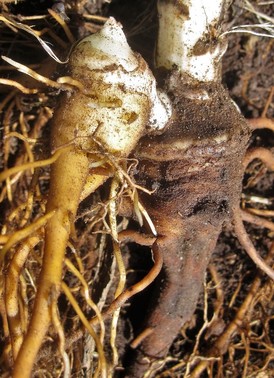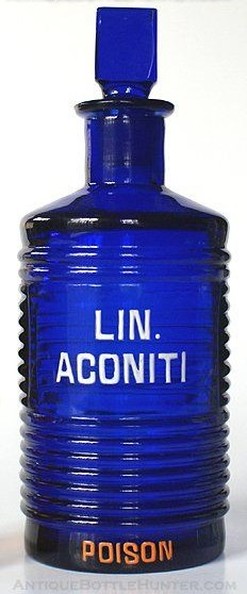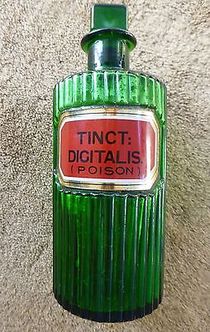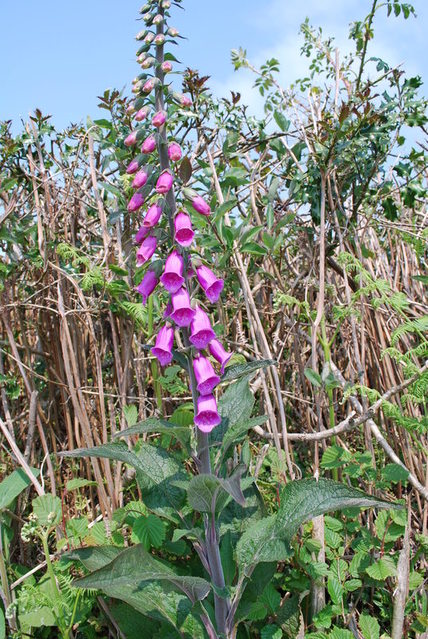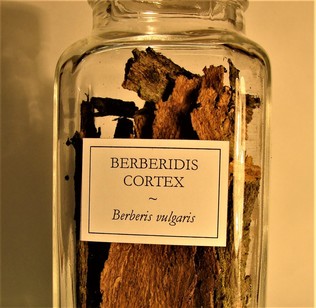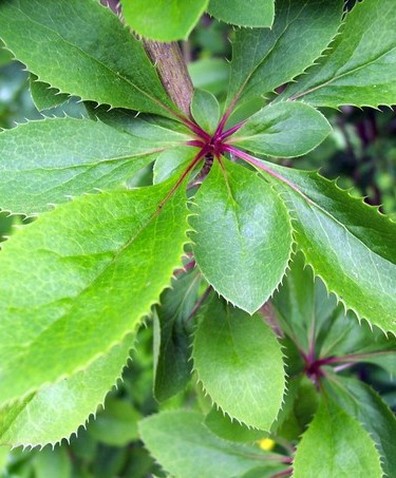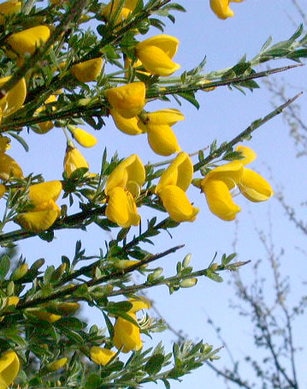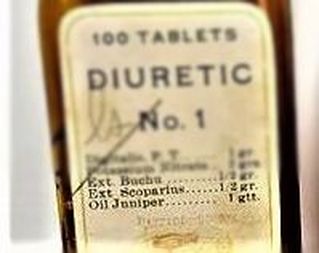Beatrix's Bottled Business
|
In a recent interview author Penelope Lively declared her debt to Beatrix Potter's arresting use of language. This distinctive quality can be felt in many aspects of Beatrix's work. My article for the Journal of the Beatrix Potter Society puts forward some thoughts on Beatrix's many allusions in both text & image to the contemporary pharmacy.
|
'Bottled Business - some thoughts on Beatrix & the chemist'.
|
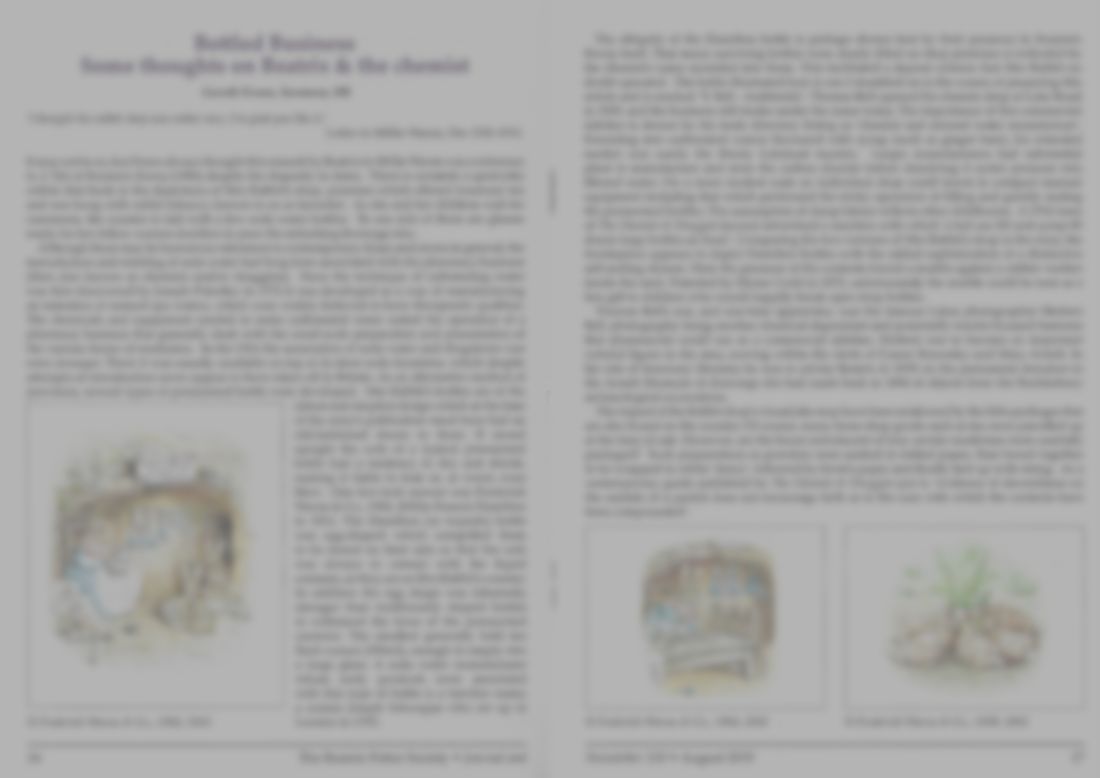
A Tale of
Beatrix Potter's
War
|
During the progress of the First World War the British government became aware that plant material needed to manufacture medicines was to be in short supply. To overcome this problem they encouraged both the growing of medicinal plants and their collection from the wild.
This was an area of activity where women found it was possible to use their knowledge to contribute to the war effort. Author Beatrix Potter played her part, collecting varied species around the varied Lake District landscape. (See also my 'Bottled Business - some thoughts on Beatrix & the chemist'. Beatrix Potter Society Journal & Newsletter) |
Herbs, the journal of the Herb Society, 41:4 December 2016.
The People
Edith Gray Wheelwright c.1911 (www.bathintime.co.uk)
The Plants:
Sphagnum moss (S. palustre)
SPHAGNUM
|
Commonly found in wet places such as peat bogs, marshland and moorland. There are extensive tracts in the Lake District. This was the most concertedly collected of wartime medicinal plants. When dried it is twice as absorbent as cotton wool which it replaced at home and at the battle front.
|
Aconite or blue monkshood (Aconitum napellus)
ACONITI RADIX:
Foxglove (Digitalis purpurea)
DIGITALIS FOLIA:
Barberry (Berberis vulgaris)
BERBERIS CORTEX:
Broom (Cytisus scoparius)
SCOPARII CACUMINA
- The Herb Society 'Promoting the use and enjoyment of herbs'
- The Beatrix Potter Society 'a focus for those with a serious interest in all aspects of Beatrix Potter’s life and work'
- The Lear Center for Special Collections & Archives, Connecticut College.
